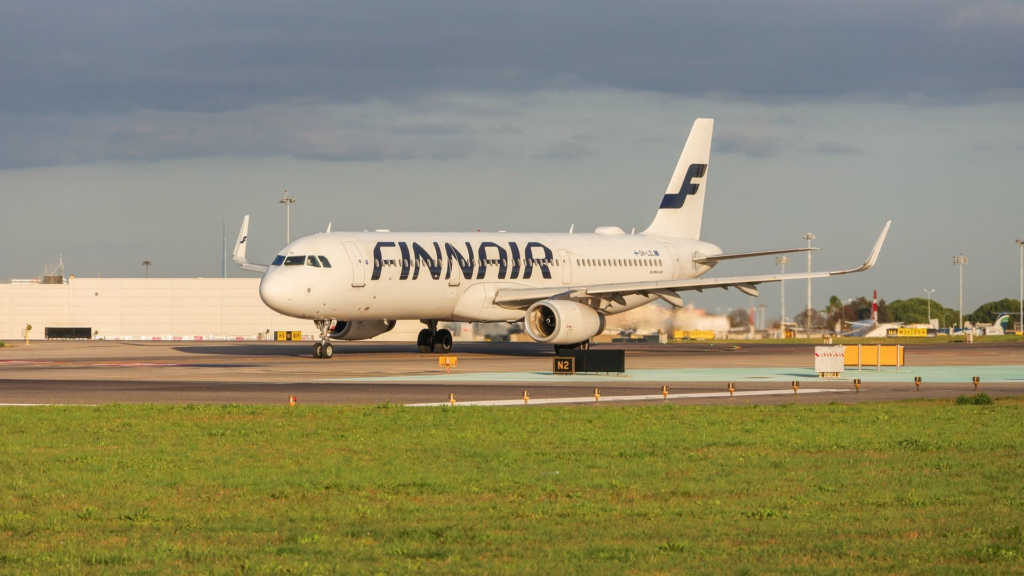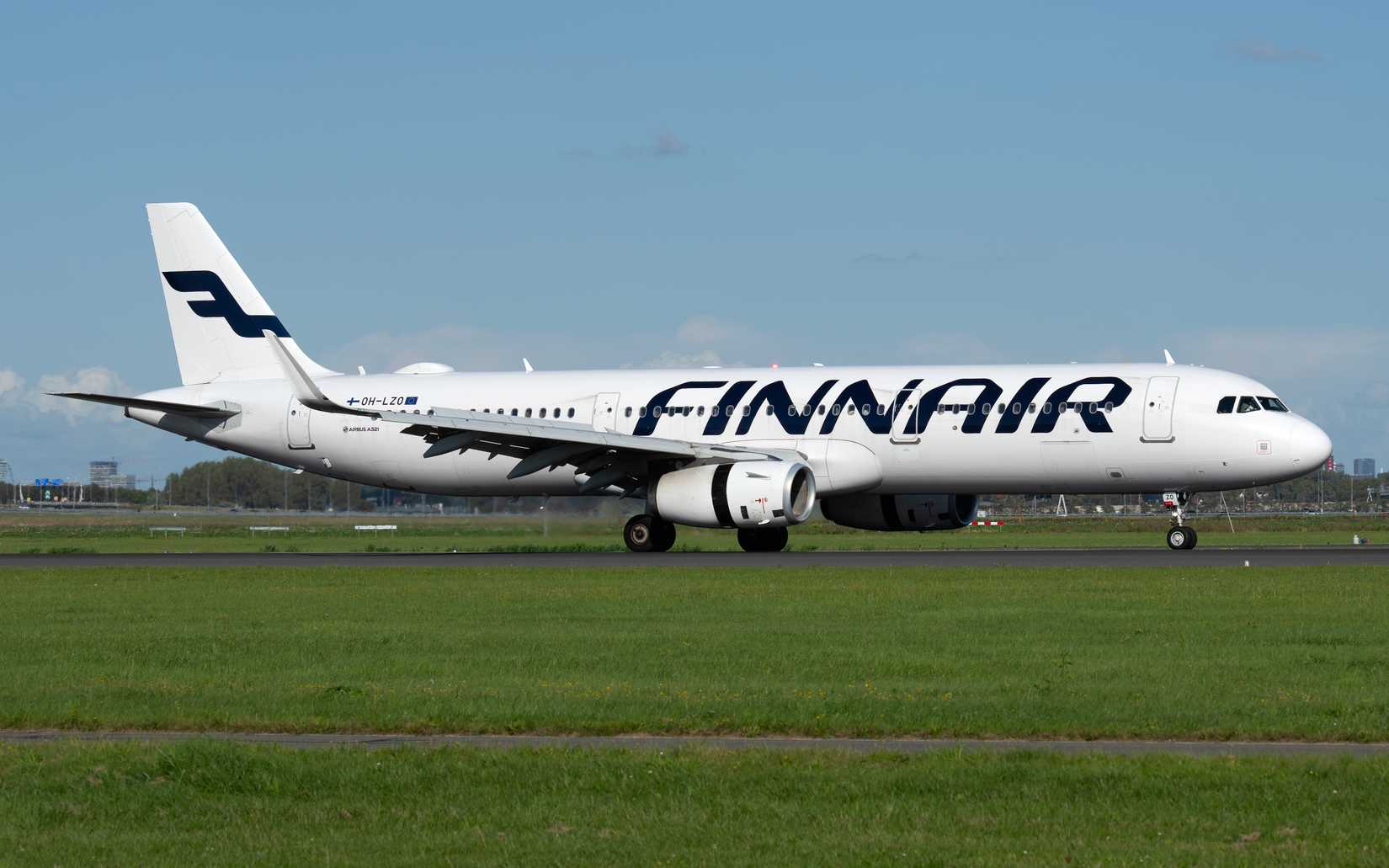Finnair has temporarily grounded several aircraft from its Airbus A320 family fleet, including eight Airbus A321-200s, at the start of the week. As a result, the Finnish flag carrier was forced to cancel multiple flights. The grounding stems from an issue related to a specific seat-cleaning method.
In a statement, Finnair said that the safety of its water-washing seat cleaning method has not been fully verified, particularly in terms of the seat manufacturer’s fire protection standards. Therefore, the grounding is expected to impact around 20 flights per day. According to the carrier, 20 flights were canceled on October 13, 2025, and further cancellations will continue through October 14, 2025.
When Cleaning Leads To Cancellations
While flight cancellations are unfortunate for all parties involved, operational challenges are not uncommon for carriers. However, this case stands out for its unusual cause as the seat cleaning method led to the grounding of half of Finnair’s Airbus A321-200 fleet. According to the carrier, the water-washing method was used to clean the seats. However, if not done properly, this method can potentially damage seat upholstery or weaken its flame-retardant properties.
Finnair typically operates its Airbus A321s on short to medium-haul routes within Europe, connecting Helsinki Airport (HEL) with various destinations across the continent. As of now, the airline has a total of 16 Airbus A321-200 aircraft, with an average age of 12.2 years, according to ch-aviation data. Each A321-200 can accommodate up to 209 passengers in a single-class cabin.
The airline said that passengers affected by this issue are being offered alternative travel arrangements. Those who missed a connecting flight due to these cancellations will be rebooked on another flight. Others can request a refund, and the airline is also providing accommodation options. In the statement, Finnair added:
“Safety is always our top priority, and we always follow the manufacturers’ maintenance instructions as well as the guidelines and recommendations of the authorities.”
How Seat Fabrics And Cleaning Can Impact Flight Safety
According to aviation services company SOFEMA, synthetic fabrics like polyester, nylon, and wool blends are widely used for aircraft seat covers and curtains because they are durable, easy to maintain, and flame-resistant. Seat cushions often use polyurethane foam, valued for its comfort and lightweight nature. However, in its report, SOFEMA pointed out that polyurethane foam must be treated or combined with fire-resistant materials to comply with safety regulations.
Indeed, not only the aircraft’s fabrics but also interior cleaning is an important part of maintenance. For example, leather seats require special care to maintain their appearance and longevity. According to a report by Boeing, cleaning crews typically use microfiber cloths with leather-safe cleaners to remove dirt and oils, followed by conditioners that keep the leather soft and prevent cracking.
Aircraft cleaning is generally carried out in three stages: daily, overnight, and long-term. The most thorough cleaning usually takes place every 30 to 45 days. During this process, not only are seat covers cleaned, but tray tables, overhead bins, and even the cabin ceiling are washed, while carpets are shampooed. An even deeper level of cleaning occurs when an aircraft undergoes a major maintenance check, known as a C Check. The timing of this depends on flight hours, but such heavy aircraft maintenance typically happens every 18 months.
Have Cleaning And Hygiene Practices Returned To Pre-COVID Standards?
Aircraft cleaning has been in focus over the last few years due to the pandemic. In response, airlines are publicizing their enhanced cleaning procedures, although this has been scaled back as traffic reaches previous levels.
From 2020 to 2022, air travel still faced a fair few restrictions, and airlines were investing heavily in sanitization to attract customers on board. Today, tight turnarounds are back, and planes don’t look significantly cleaner than in 2019, although sanitizers and wipes have become more common.
Some carriers like ANA and Japan Airlines have stuck to changes like hands-free door handles in toilets. Indeed, many of these investments will now become part of daily life, but budget carriers have promptly gone back to their minimal cleaning during turnarounds as the focus shifts to low fares and profits once again.


